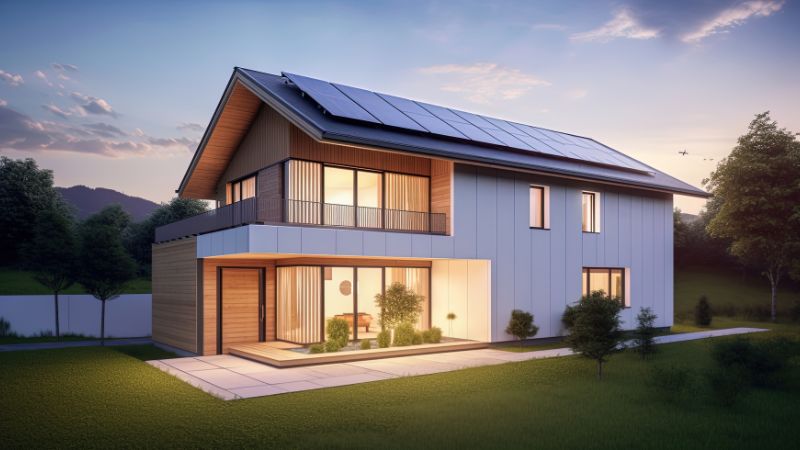In our rapidly evolving world focused on environmental sustainability, energy-efficient home improvements are gaining unprecedented popularity. These upgrades not only slash a household’s carbon footprint but also yield substantial long-term cost savings. Ranging from modest enhancements to extensive renovations, homeowners have a plethora of options to render their dwellings more energy-efficient. In this article, we’ll delve into some of the most impactful strategies for cultivating a sustainable home environment through energy-conscious improvements.
Home Improvements for Sustainable Living
1. Insulation Upgrades
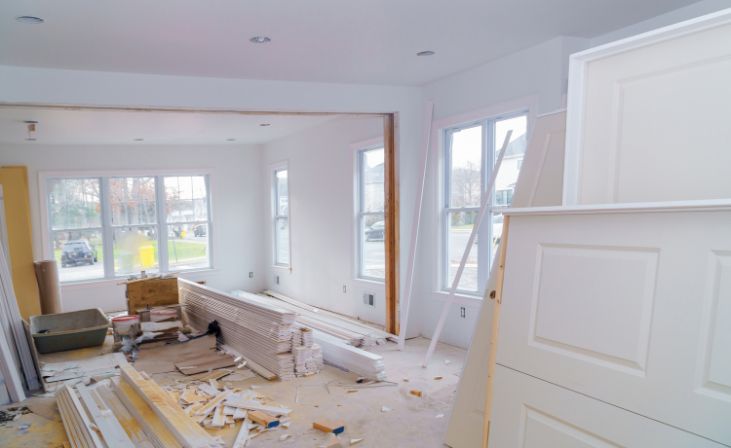
One of the most fundamental energy-efficient home improvements is upgrading insulation. Proper insulation helps regulate indoor temperature, reducing the need for heating and cooling systems to work overtime. By sealing air leaks and adding insulation in attics, walls, and floors, homeowners can significantly improve energy efficiency. Additionally, using eco-friendly insulation materials such as recycled denim or cellulose can further enhance sustainability.
Read Also: Complete Kitchen Renovation Ideas and Cost Breakdown
2. Energy-Efficient Windows and Doors

A home’s ability to retain and lose heat is greatly influenced by its windows and doors. Upgrading to energy-efficient windows with double or triple-pane glass and low-emissivity coatings can prevent heat transfer, keeping indoor temperatures stable. Similarly, installing insulated doors with tight seals can further improve energy efficiency by minimizing drafts and air leakage.
3. LED Lighting
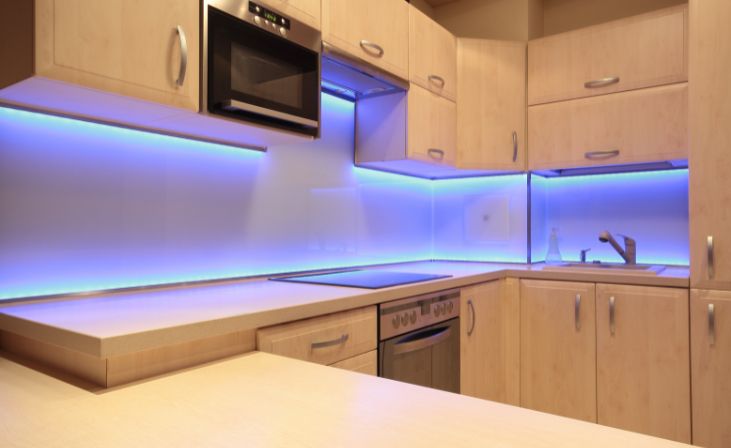
Lighting accounts for a considerable portion of a home’s energy consumption. Replacing traditional incandescent bulbs with energy-efficient LED lights can drastically reduce electricity usage. LEDs consume less energy, last longer, and produce less heat than incandescent bulbs, making them an excellent choice for sustainable lighting solutions. Additionally, incorporating smart lighting systems with programmable features can optimize energy usage based on occupancy and natural light levels.
4. Energy-Efficient Appliances
Household appliances such as refrigerators, washing machines, and dishwashers are available in energy-efficient models that consume less electricity and water. When upgrading appliances, look for ENERGY STAR certified products, which meet strict energy efficiency standards set by the U.S. Environmental Protection Agency (EPA). These appliances not only save energy but also operate more efficiently, reducing utility bills and environmental impact.
5. Solar Panels
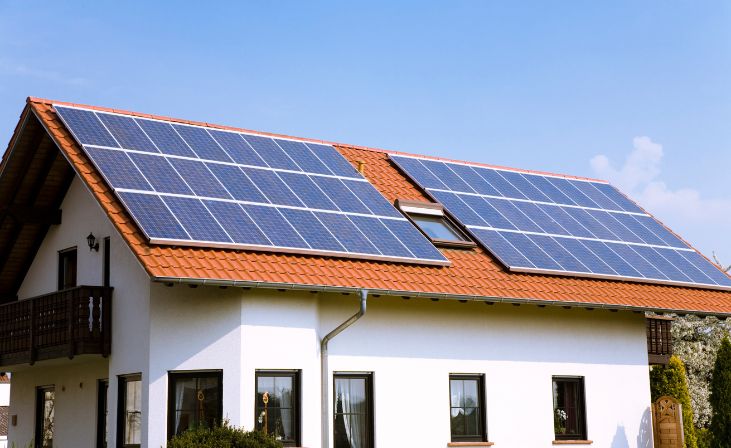
Investing in solar panels is a significant step towards sustainable living and energy independence. Solar energy is clean, renewable, and abundant, making it an attractive alternative to traditional grid electricity. By harnessing sunlight to generate electricity, homeowners can reduce their reliance on fossil fuels and lower their carbon footprint. While the initial cost of installing solar panels may be high, the long-term savings on energy bills and potential incentives or tax credits make it a worthwhile investment.
6. Smart Thermostats
Smart thermostats offer precise control over heating and cooling systems, optimizing energy usage based on occupants’ schedules and preferences. These devices can automatically adjust temperature settings to conserve energy when occupants are away or asleep, resulting in significant savings on heating and cooling costs. Some smart thermostats also provide insights into energy consumption patterns, empowering homeowners to make informed decisions about energy usage and efficiency improvements.
7. Water-Saving Fixtures
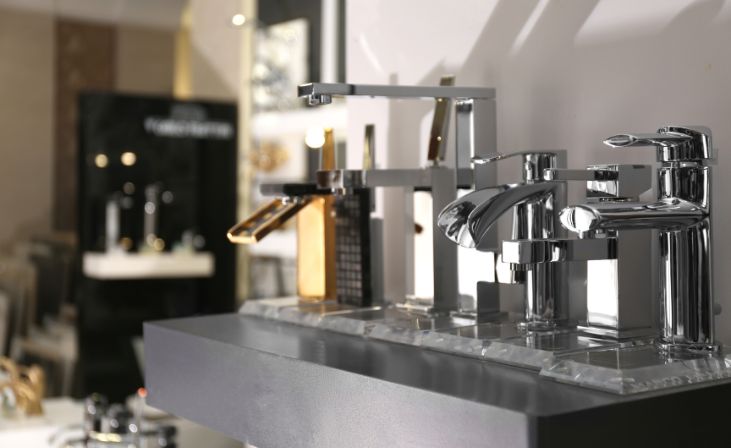
Conserving water is an essential aspect of sustainable living, and upgrading to water-saving fixtures can significantly reduce water usage in the home. Installing low-flow faucets, showerheads, and toilets can minimize water waste without sacrificing performance. Additionally, repairing leaks and adopting water-efficient habits such as fixing dripping faucets and using dishwasher and laundry appliances with full loads can further enhance water conservation efforts.
8. Energy-Efficient Heating and Cooling Systems
Heating and cooling systems are major consumers of energy in residential buildings, particularly in regions with extreme climates. Upgrading to energy-efficient HVAC (Heating, Ventilation, and Air Conditioning) systems can dramatically reduce energy consumption and utility bills while improving indoor comfort. Options such as heat pumps, geothermal systems, and high-efficiency furnaces offer superior performance and energy savings compared to conventional systems.
9. Green Roofs and Cool Roofs
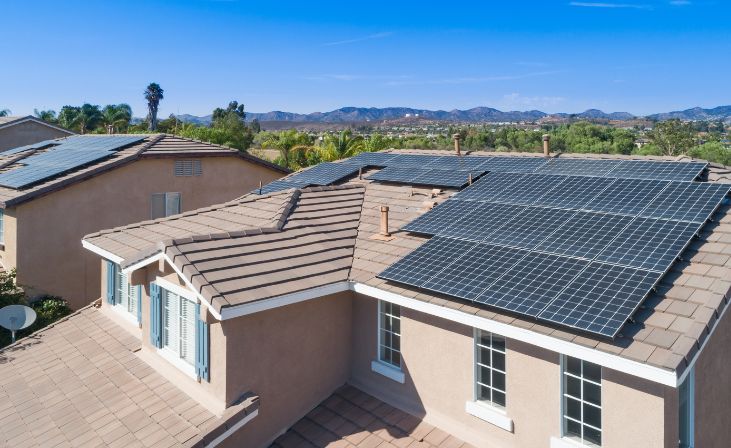
Green roofs, covered with vegetation, and cool roofs, designed to reflect sunlight and absorb less heat, offer sustainable solutions for reducing energy usage and mitigating urban heat island effects. Green roofs provide natural insulation, improve air quality, and reduce stormwater runoff, while cool roofs help lower indoor temperatures and reduce the demand for air conditioning. Both options contribute to energy efficiency and environmental sustainability in residential buildings.
10. Home Energy Audits
Before embarking on energy-efficient home improvements, conducting a comprehensive energy audit can help identify areas of inefficiency and prioritize upgrades. Professional energy auditors assess the home’s energy usage, insulation levels, air leakage, and appliance efficiency to recommend tailored solutions for improving energy efficiency and reducing utility costs. Armed with insights from an energy audit, homeowners can make informed decisions about which improvements will yield the greatest return on investment in terms of energy savings and sustainability.
Bottom line
In conclusion, energy-efficient home improvements are essential for achieving sustainable living and reducing the environmental impact of residential buildings. From insulation upgrades to solar panels and smart technologies, there are numerous strategies available to homeowners seeking to enhance energy efficiency and lower utility bills. By investing in energy-efficient upgrades, individuals can contribute to a greener future while enjoying increased comfort, cost savings, and resilience against rising energy prices and climate change.
FAQs
Why are energy-efficient home improvements important?
Energy-efficient home improvements are vital for reducing energy consumption, saving money on utility bills, and lowering carbon emissions, contributing to environmental sustainability.
What are some common energy-efficient home improvements?
Common energy-efficient upgrades include insulation upgrades, energy-efficient windows and doors, LED lighting, energy-efficient appliances, and smart thermostats.
How do energy-efficient upgrades benefit homeowners financially?
Energy-efficient upgrades lead to long-term cost savings on utility bills and may qualify for incentives or tax credits, making them financially beneficial for homeowners.

